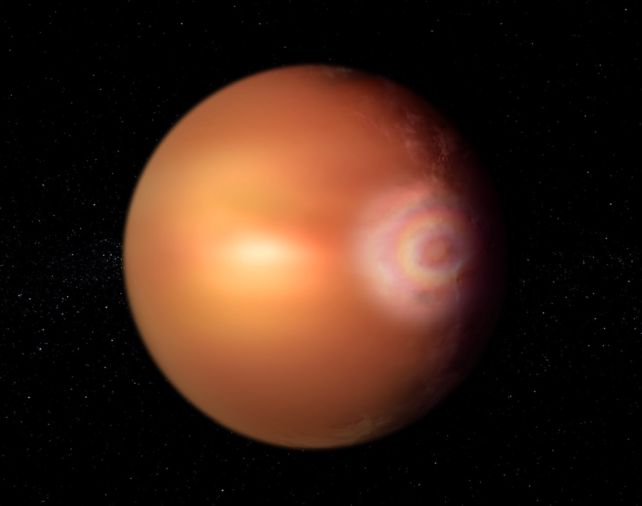She is 640 light years from us
Modern astronomical instruments every year allow scientists to obtain more and more information about distant objects. Now, for example, in the atmosphere of an exoplanet, apparently, it was possible to observe an optical phenomenon called gloria.
Gloria — these are colored rings observed in the atmosphere due to the diffraction of light. In fact, we can talk about a circular rainbow. In this case, the uniqueness of the observation is that this rainbow was seen near the exoplanet WASP-76b, which is located at a distance of about 640 light years from Earth, that is, approximately 6,050,000,000,000,000 km. The significance of the event is added by the fact that previously gloria outside the Earth was observed only on Venus.
Of course, no one saw the phenomenon on WASP-76b directly visually — We don't have such telescopes. The conclusion that the mentioned effect was probably observed on the exoplanet was made after analyzing data from the Cheops (Characterizing ExOPlanets Satellite) space telescope, which serves precisely to detect planets around other stars. Analyzing the data, scientists noticed specific changes in the brightness of the planet on the eastern terminator and concluded that this was likely a consequence of a large glow due to the gloria.
As for the planet, it is interesting in itself. WASP-76b belongs to the class of hot Jupiters and is located at a very short distance from its star. A year on the planet lasts only about 1.8 Earth days. Because of this proximity, the temperature on WASP-76b reaches 2400 degrees during the day, which is enough to evaporate iron. As a result, the clouds of the exoplanet literally consist of iron vapor, and there should also be rain from the same metal.

